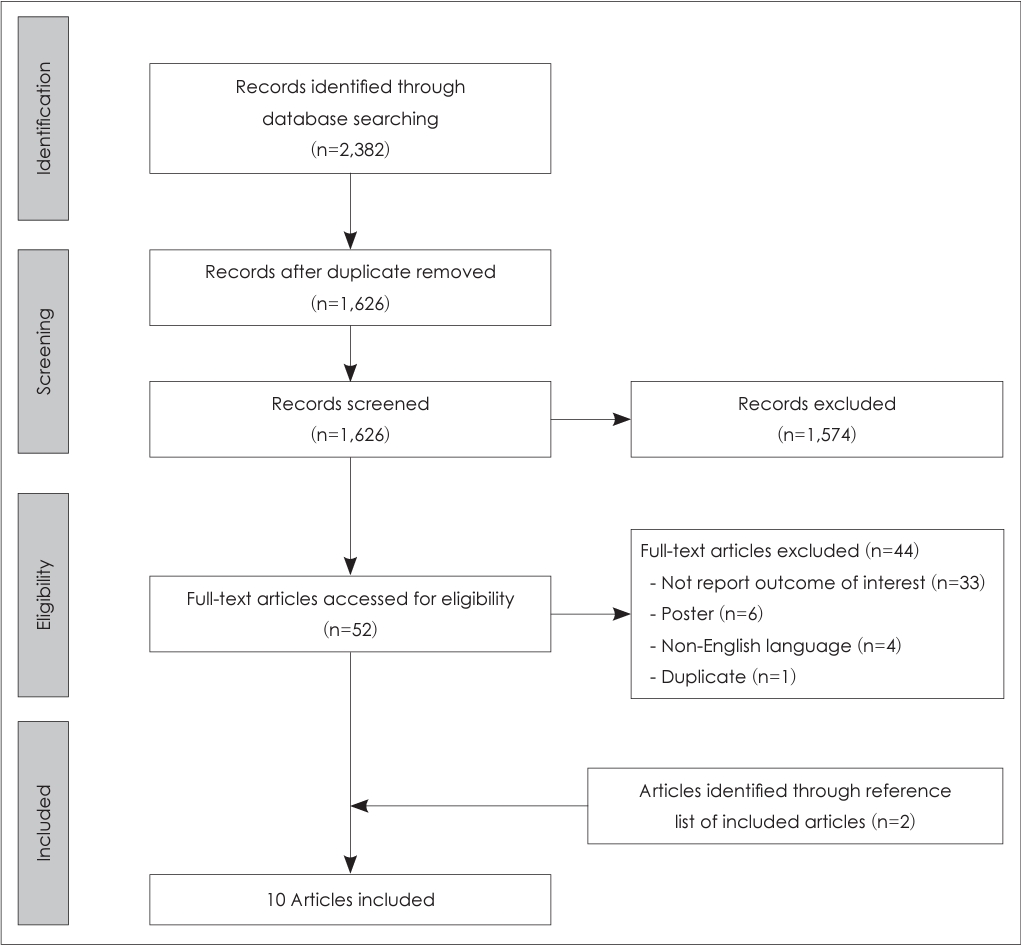2. Sabayan B, Sorond F. Reducing risk of dementia in older age. JAMA 2017;317:2028


3. Livingston G, Sommerlad A, Orgeta V, Costafreda SG, Huntley J, Ames D, et al. Dementia prevention, intervention, and care. Lancet 2017;390:2673ŌĆō734.


5. Lin FR, Pike JR, Albert MS, Arnold M, Burgard S, Chisolm T, et al. Hearing intervention versus health education control to reduce cognitive decline in older adults with hearing loss in the USA (ACHIEVE): a multicentre, randomised controlled trial. Lancet 2023;402:786ŌĆō97.


6. Yeo BSY, Song H, Toh EMS, Ng LS, Ho CSH, Ho R, et al. Association of hearing aids and cochlear implants with cognitive decline and dementia: a systematic review and meta-analysis. JAMA Neurol 2023;80:134ŌĆō41.


7. Powell DS, Oh ES, Reed NS, Lin FR, Deal JA. Hearing loss and cognition: what we know and where we need to go. Front Aging Neurosci 2021;13:769405


8. Kim AS, Garcia Morales EE, Amjad H, Cotter VT, Lin FR, Lyketsos CG, et al. Association of hearing loss with neuropsychiatric symptoms in older adults with cognitive impairment. Am J Geriatr Psychiatry 2021;29:544ŌĆō53.


11. British Society of Audiology. Recommended procedure: pure-tone air-conduction and boneconduction threshold audiometry with and without masking. Bathgate: British Society of Audiology;2018.
12. Dawes P, Littlejohn J, Bott A, Brennan S, Burrow S, Hopper T, et al. Hearing assessment and rehabilitation for people living with dementia. Ear Hear 2022;43:1089ŌĆō102.


13. McClannahan KS, Chiu YF, Sommers MS, Peelle JE. Test-retest reliability of audiometric assessment in individuals with mild dementia. JAMA Otolaryngol Head Neck Surg 2021;147:442ŌĆō9.


14. Bott A, Meyer C, Hickson L, Pachana NA. Can adults living with dementia complete pure-tone audiometry? A systematic review. Int J Audiol 2019;58:185ŌĆō92.


17. Whiting PF, Rutjes AW, Westwood ME, Mallett S, Deeks JJ, Reitsma JB, et al. QUADAS-2: a revised tool for the quality assessment of diagnostic accuracy studies. Ann Intern Med 2011;155:529ŌĆō36.


19. Gates GA, Karzon RK, Garcia P, Peterein J, Storandt M, Morris JC, et al. Auditory dysfunction in aging and senile dementia of the AlzheimerŌĆÖs type. Arch Neurol 1995;52:626ŌĆō34.


20. Bott A, Hickson L, Meyer C, Bardy F, Van Dun B, Pachana NA. Is cortical automatic threshold estimation a feasible alternative for hearing threshold estimation with adults with dementia living in aged care? Int J Audiol 2020;59:745ŌĆō52.


23. Gold M, Lightfoot LA, Hnath-Chisolm T. Hearing loss in a memory disorders clinic. A specially vulnerable population. Arch Neurol 1996;53:922ŌĆō8.


26. Hopper T, Slaughter SE, Hodgetts B, Ostevik A, Ickert C. Hearing loss and cognitive-communication test performance of long-term care residents with dementia: effects of amplification. J Speech Lang Hear Res 2016;59:1533ŌĆō42.


28. Korczak P, Smart J, Delgado R, Strobel TM, Bradford C. Auditory steady-state responses. J Am Acad Audiol 2012;23:146ŌĆō70.


29. Lichtenstein MJ, Bess FH, Logan SA. Diagnostic performance of the hearing handicap inventory for the elderly (screening version) against differing definitions of hearing loss. Ear Hear 1988;9:208ŌĆō11.


30. Ventry IM, Weinstein BE. The hearing handicap inventory for the elderly: a new tool. Ear Hear 1982;3:128ŌĆō34.

31. Park S, Han GC, Cho Y, Byun JY, Shin JE, Chu H, et al. Standardization for a Korean version of Hearing Handicap Inventory for the Elderly. Korean J Otorhinolaryngol-Head Neck Surg 2011;54:828ŌĆō34.

32. Meijer AG, Wit HP, TenVergert EM, Albers FW, Muller Kobold JE. Reliability and validity of the (modified) Amsterdam Inventory for Auditory Disability and Handicap. Int J Audiol 2003;42:220ŌĆō6.

34. Hugo J, Ganguli M. Dementia and cognitive impairment: epidemiology, diagnosis, and treatment. Clin Geriatr Med 2014;30:421ŌĆō42.


35. Feltner C, Wallace IF, Kistler CE, Coker-Schwimmer M, Jonas DE. Screening for hearing loss in older adults: updated evidence report and systematic review for the US Preventive Services Task Force. JAMA 2021;325:1202ŌĆō15.


40. Chang HP, Ho CY, Chou P. The factors associated with a self-perceived hearing handicap in elderly people with hearing impairment--results from a community-based study. Ear Hear 2009;30:576ŌĆō83.


41. Jupiter T, Palagonia CL. The hearing handicap inventory for the elderly screening version adapted for use with elderly Chinese American individuals. Am J Audiol 2001;10:99ŌĆō103.


42. Chadha S, Kamenov K, Cieza A. The world report on hearing, 2021. Bull World Health Organ 2021;99:242-a

43. Gyanwali B, Hilal S, Venketasubramanian N, Chen C, Loo JHY. Hearing handicap in Asian patients with dementia. Am J Otolaryngol 2020;41:102377


44. Nirmalasari O, Mamo SK, Nieman CL, Simpson A, Zimmerman J, Nowrangi MA, et al. Age-related hearing loss in older adults with cognitive impairment. Int Psychogeriatr 2017;29:115ŌĆō21.


46. Hubbard HI, Mamo SK, Hopper T. Dementia and hearing loss: interrelationships and treatment considerations. Semin Speech Lang 2018;39:197ŌĆō210.



















































































